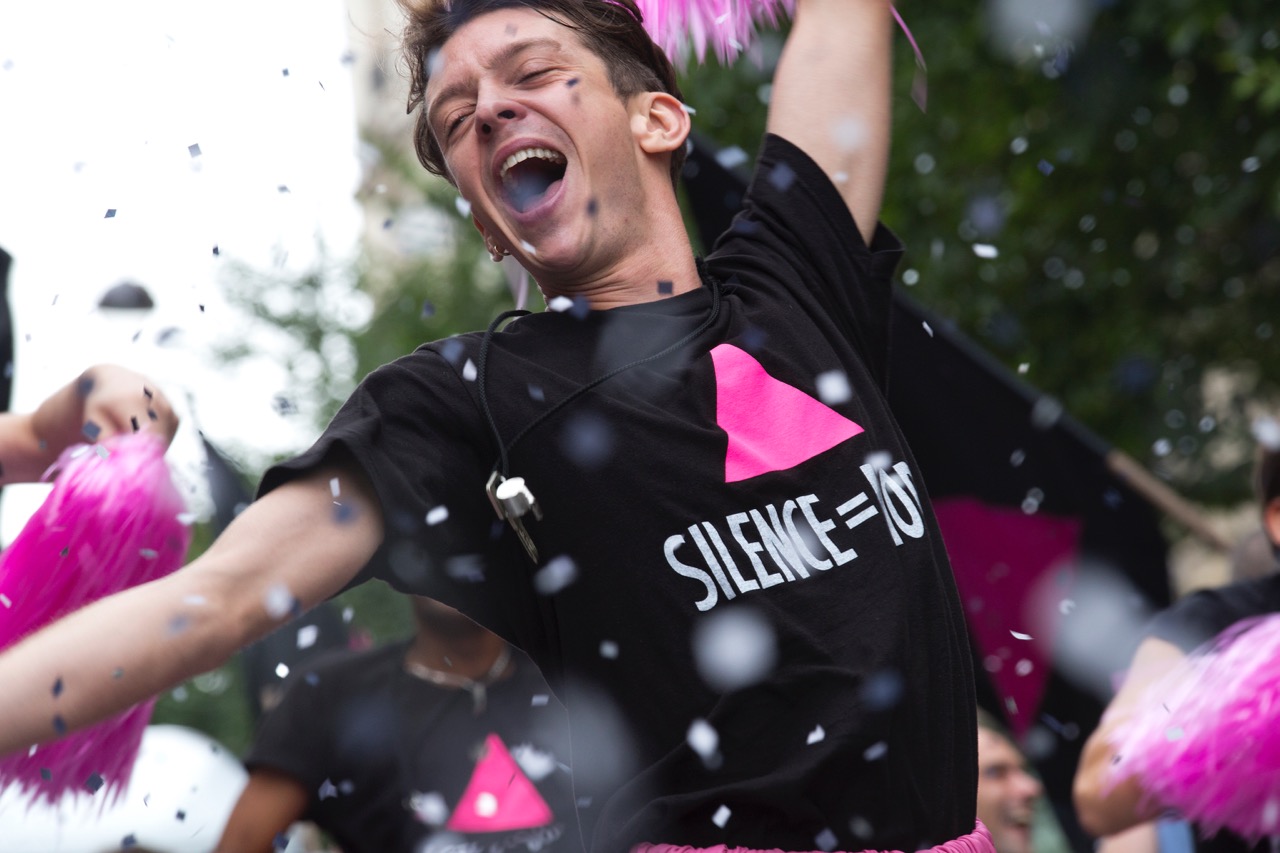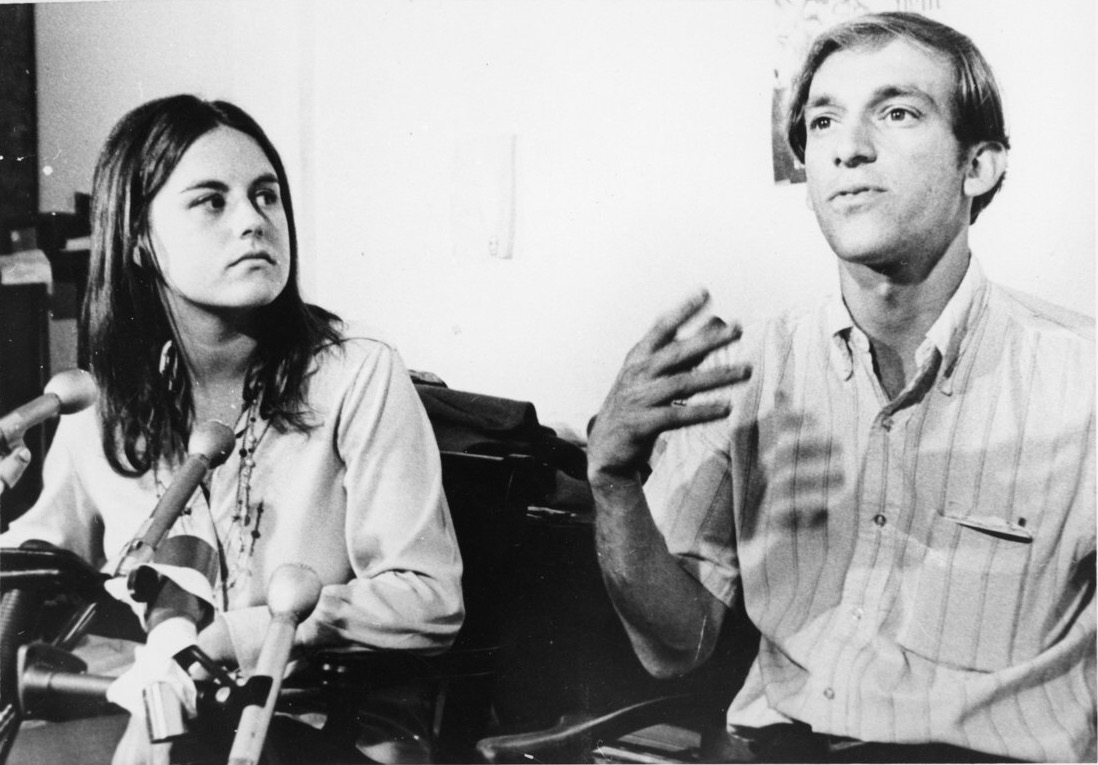 4 Columns
4 Columns
United we stan this trio of films focusing on activists and revolutionaries.

Nahuel Pérez Biscayart in BPM. Courtesy Céline Nieszawer.
During the first iteration of the Trump kakistocracy, some invigorating balm from the onslaught of daily idiocy and cruelty could be found in two excellent films and a bracing retrospective, all focusing on activists and revolutionaries, that were released or programmed during those years. One is informed by personal history. Robin Campillo’s BPM (Beats per Minute), from 2017, draws on the French filmmaker’s own experience as a member, in the early ’90s, of the Paris branch of ACT UP—the call-to-arms acronym for AIDS Coalition to Unleash Power, a direct-action group founded in New York City in 1987 to target those who did nothing to stop the disease. In her review, film editor Melissa Anderson praised “the polyvocal energy that animates the drab, fluorescent-lit classroom where several segments of BPM take place. . . . Meetings have rarely seemed so riveting.” But the film showcases more than just talk. “Through die-ins on cold Paris streets, the storming of pharmaceutical companies . . . and ecstatic gyrating on the dance floor, BPM reminds us again and again of the kinetic power of the group, of the tremendous vitality that results from so many disparate, ardent individuals united in fight,” Anderson writes.

The cast of The Misandrists. Courtesy Cartilage Films.
Opening in theaters in 2018, Bruce LaBruce’s The Misandrists imagines a full-scale insurrection. Taking place on the cusp of Y2K in “Ger(wo)many,” the riotous film both satirizes and salutes lesbian-separatism, centering on a wimmin-supremacist cell known as the Female Liberation Army. Goddess-worshipping floetry is hilariously spoofed, as are other idioms that took hold during feminism’s second wave. “But other aspects of the FLA’s essentialist praxis are scrutinized more seriously,” Anderson notes. “Specifically, The Misandrists excavates the turf of TERFs . . . effectively pointing out the narrowness of a movement that defines ‘woman’ solely as those born with vaginas.” A trans FLA enlistee expands the closed minds of her sister-warriors; together, united, they overthrow the patriarchy.

Still from Underground.
A 2018 series devoted to the documentaries of Emile de Antonio—“among the most prominent voices of the twentieth-century American counterculture,” as Ed Halter explains in his essay on the retrospective—“reveal[s] how our supposedly unprecedented moment has grown out of a long history of brute domination in American politics.” In Underground (1976), which de Antonio made in collaboration with Mary Lampson and Haskell Wexler, five fugitive members of the ultra-left organization the Weather Underground are filmed from the back to preserve their anonymity. “A subversive film in the bluntest sense of the word, Underground allows the criminalized radicals to speak for themselves, illustrating their arguments and recollections with images from the recent past,” Halter observes. Highlighting the political philosophies of these insurgents, the film is “a good reminder of the range of options available as we move forward”—true in 2018, truer still in 2025.